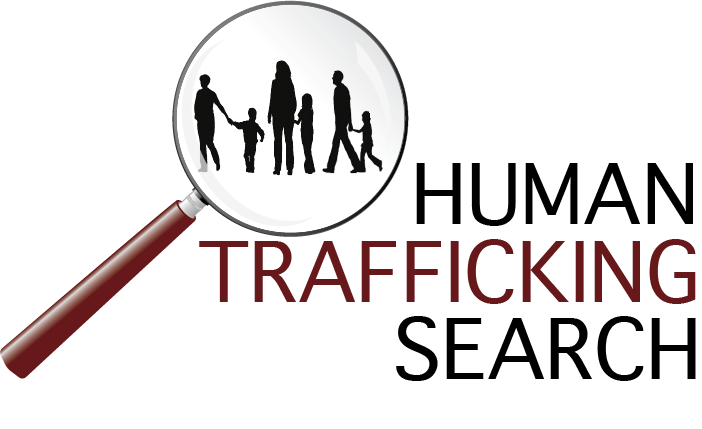The European Union Council and the European Parliament recently reached a tentative agreement to prohibit the importation of goods produced using forced labor into the European single market, Reuters reports.
Key elements of E.U. ban
As the European Parliament communicated in a press release, the regulation proposes a comprehensive enforcement framework, including investigations into companies’ supply chains, the use of new IT solutions, and enhanced international cooperation. If forced labor is detected, implicated products must be removed from the E.U. market and can be confiscated, with options for donation, recycling, or destruction.
The regulation also involves creating a list of high-risk sectors and areas, demands for additional information for certain imports, and the establishment of a “Forced Labour Single Portal” for better enforcement and cooperation. The agreement now awaits final approval from the European Parliament and Council before its implementation, which will begin three years after entering into force.
Shortcomings in fighting Uyghur forced labor
Co-rapporteur Maria-Manuel Leitão-Marques has only positive remarks about the legislation:
“Forced labour has been a reality for too long, and it remains a reality for too many. There were an estimated 27,6 million people affected by it in 2021, mostly in the private sector, but also victims of so-called state-sponsored forced labour. The deal we reached today will assure the EU has an instrument to ban products made with forced labour from the Union market as well as to tackle various forms of forced labour, including when it is imposed by a state.”
But critics disagree.
“The EU legislation will be much less impactful than the U.S.’s because it has a much lower capacity to extend its decision to situations where forced labor is not fully documented and fully demonstrated.” – Hélène de Rengerve, Senior E.U. Advisor at Anti-Slavery International
Unlike the U.S., which has specific bans on products from the Uyghur Region and a proactive stance that requires only suspicion to trigger investigations, the E.U.’s proposed measures do not explicitly target the Uyghur region and require substantial evidence of forced labor before action is taken. This difference makes the E.U.’s approach potentially weaker, as it might not sufficiently deter the import of goods made with forced labor, thereby risking the E.U. becoming a dumping ground for such products.
The best way to ensure that no goods made with Uyghur forced labor enter the European Union is to stop the exploitation altogether. That is why we are calling on the Chinese government to free Uyghurs from forced labor.







Freedom United is interested in hearing from our community and welcomes relevant, informed comments, advice, and insights that advance the conversation around our campaigns and advocacy. We value inclusivity and respect within our community. To be approved, your comments should be civil.